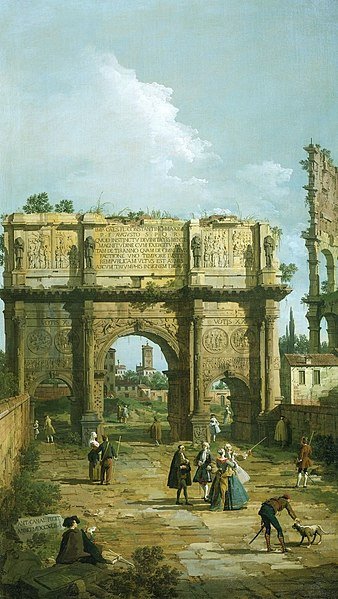By focusing on known dynamics of memory and archaeological evidence, Pioske brings together sometimes-disparate methodological considerations to make a persuasive case for how one might engage in a historically and theoretically responsible way with the knowledge claims made in early Hebrew texts.
Read MoreEusebius and Empire: Constructing Church and Rome in the Ecclesiastical History
Corke-Webster argues that the History reflects Eusebius’ particular socio-political circumstances during the first quarter of the fourth century.
Read MoreInstitutionalized Routine Prayers at Qumran: Fact or Assumption?
[H]is project does bring to the fore the question of what these terms—as classificatory labels—might have meant to the ancient authors who used them, and, perhaps more within our control, what they mean for scholars today. If our evidence seems to resist our current attempts at classification, perhaps we need to rethink how we are classifying.
Read MoreSacred Stimulus: Jerusalem in the Visual Christianization of Rome
Noga-Banai structures her study around repeated journeys between Jerusalem and Rome from the first through fifth centuries, tracing a period from subtle to increasingly assured visual appropriation of memories and tropes, culminating in a self-assured and assertive Rome confident in its identity as the perceived historical center of the Christian movement.
Read More


